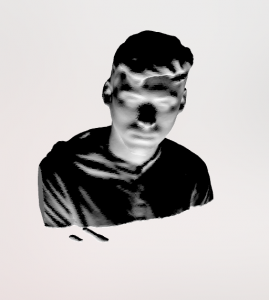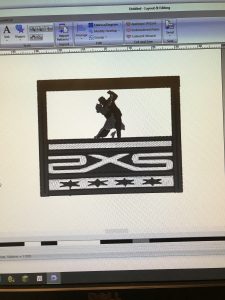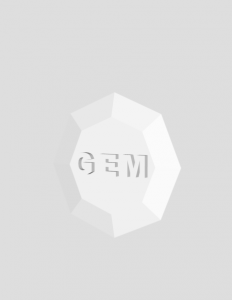Expectations vs. Reality
Coming into the course, as I mentioned in my first blog post, I was expecting to make and create 3D prints and objects similar to the things that I saw my friend who was an art major from freshman year was creating in his art class such as 3D busts of myself and other small devices and contraptions to teach us the basics of 3D modeling and printing. Looking back throughout the semester and past blog posts I see that those expectations were met to a degree that was much higher than I thought. I was not only taught beginner skills of 3D modeling and printing but was also thought to have a maker mindset! Through the structure of the course, I felt as though I hit the ground running as we moved from learning designing skills such as using software like Fusion 360 and Cura to having real physical prints made in the classroom at a quick pace. It helped keep the entire class on their toes as well as very engaged and attentive considering the next step would be coming just as fast so there was very little time to waste.
Throughout the semester there were class days that were used as workshop days in which there was an experienced user or professional of a specific 3D designing software would teach us how to use the software by designing a variety of objects that we could actually print out on technology in the MakerLab or the FAB lab on campus if we wanted to. At the FAB lab we were able to do this and actually print out what we designed each step of the way to have a physical ending prototype or in some people’s cases an actual finished product to take home after putting in the time to design it. These workshops were very beneficial and helped mold us into makers more than just thinkers.
The class continuously fed into the idea of us having making mindsets through all the presentations and articles that we were exposed to that taught us about different ways of integrating modern technology into different career fields to speed up processes and develop new innovative creations. We heard from an alum who was in the course that took their semester project and turned it into a business, from a very intelligent scientist about biohacking and bio-fabrication that can be done through the use of 3D designing and modeling software and hardware, from experienced members of the FAB lab that make use of modern technology including things such as embroidery software, electrical lighting, laser cutting, etc and many other influential and intriguing speakers that are making a difference using their making mindset out in the real world. Through exposure to content like this, we realize that modern technology can be integrated with nearly any field there is and were able to begin to think of something we were each passionate about that we could creatively incorporate the use of modern technology to improve.
Internal Enlightenment
Throughout the course, being exposed to all the content of the material and presentations as well as having a semester project to work on where I had to make use of the skills I was learning about made me realize that I am a lot more capable of making a difference than I thought. Many of my other classes focus a lot on analyzing the situation and coming up with recommendations that could improve a process of situation, but this class goes past the design process and more into actually creating the solution. I was able to learn about so much amazing technology that we have at our disposal and use it to make things like a team emblem for our project team, an embroidered and light up wooden box that was custom carved with a laser-cutter, and a pour-over coffee assistant. Most important for me, I was able to scan a 3D printable model of myself to create a 3D printed bust of myself like the one I saw my best friend make of himself my freshman year! Through the fulfillment of creating these things, I gained a sort of confidence to go past just thinking and move towards making solutions. And with that I thank and chuck the deuces to this class as I did in this 3D scan of myself:



